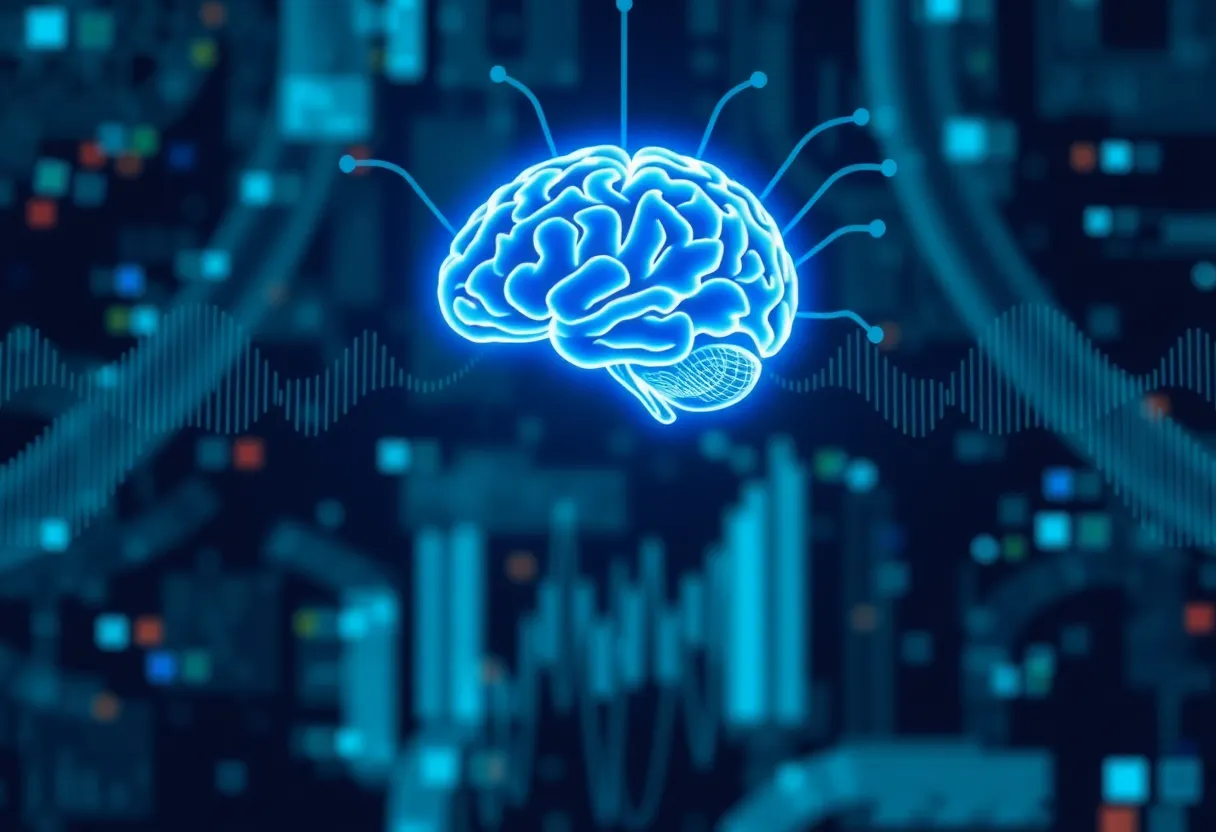How Can You Use Neuromarketing to Enhance Your Digital Marketing Results?
Neuromarketing is transforming the landscape of digital marketing. It integrates neuroscience and psychology to understand consumer behavior at a deeper level. This article explores how you can harness neuromarketing principles to enhance your digital marketing efforts for better conversion rates and customer engagement.
Understanding Neuromarketing
Neuromarketing focuses on the brain’s responses to marketing stimuli. It utilizes techniques from neuroscience to measure subconscious reactions and emotions. By tapping into consumers’ thought processes, marketers can develop strategies that resonate with their target audience.
The Science Behind Neuromarketing
Neuromarketing employs various scientific tools such as:
- fMRI (Functional Magnetic Resonance Imaging): Used to observe brain activity
- EEG (Electroencephalography): Measures electrical activity in the brain
- Eye Tracking: Analyzes where a viewer’s gaze falls on a webpage or advertisement
- Facial Coding: Interprets emotional responses based on facial expressions
These methods reveal what captivates or repels consumers, allowing marketers to design their campaigns accordingly.
Applying Neuromarketing Techniques
There are several key areas where neuromarketing can be useful in digital marketing:
1. Audience Segmentation and Targeting
Traditional marketing often segments audiences based on demographics. Neuromarketing suggests a deeper understanding of emotional and psychological profiles. This allows for more tailored messages. By recognizing emotional triggers, you can craft content that speaks directly to different segments of your audience.
2. Content Creation
The content you create must trigger specific emotions. Neuroscience shows that emotions drive decision-making more than logic. Content that evokes feelings of happiness, nostalgia, or excitement will likely lead to higher engagement. Use storytelling techniques to connect emotionally and humanize your brand.
Utilizing Micro-Emotions
Every consumer harbors a set of micro-emotions, often subconscious, that influence purchasing decisions. By identifying these emotions, you can design campaigns that evoke the desired feelings. Start by conducting surveys or utilizing focus groups to uncover emotional triggers.
3. Website and UX Design
Your website acts as the virtual storefront, and its design influences user interaction. Neuromarketing principles can guide user experience (UX) design. Use color psychology; colors evoke different emotions and can sway users towards taking action.
Color Psychology in Digital Marketing
- Red: Excitement, urgency
- Blue: Trust, professionalism
- Green: Calm, health
- Yellow: Optimistic, attention-grabbing
Moreover, ensure that the layout is intuitive. Simple navigation will increase dwell time, reducing bounce rates.
4. A/B Testing with a Neuroscience Focus
A/B testing is a staple in digital marketing, but incorporating neuromarketing can deepen insights. Instead of merely comparing metrics, seek to understand the emotions driving those metrics. Use tools like heatmaps and eye-tracking to determine how users interact with different designs or messages.
Analyzing User Reactions
Once you have the data, analyze it through a neuromarketing lens. Look for emotional cues alongside performance stats. For instance, if a particular headline drives more traffic, assess whether it elicits positive emotions through user feedback.
The Role of Social Proof
Social proof plays a significant role in consumer behavior. Neuromarketing suggests that showcasing testimonials or user-generated content can trigger emotional responses that lead to increased trust and conversions.
Incorporating Testimonials and Reviews
People are likely to trust the opinions of others over brand claims. Utilize testimonials, reviews, and case studies in your digital marketing strategy. Craft these narratives to highlight the emotional benefits experienced by satisfied customers.
Using Persuasive Language
The way in which messages are communicated is crucial. Neuromarketing highlights the impact of language on human emotions and behavior. Persuasive language can lead to greater engagement and conversion rates.
Employing Power Words
Integrate power words into your content to elicit emotional responses. Words such as “you,” “free,” “guarantee,” and “instantly” can amplify engagement. Analyze your existing content and identify areas where you can enhance persuasive language.
Visual Elements and Engagement
Images and videos play a vital role in digital marketing. Neuromarketing indicates that visuals significantly impact consumer emotions and decision-making processes.
Choosing the Right Images
Select images that evoke emotions consistent with your brand message. Use authentic visuals over stock photos for a more relatable feel. For example, images showcasing people interacting with a product can lead to better emotional connections.
Video Marketing and Emotions
Video marketing can be particularly powerful for emotional engagement. Use storytelling to create narratives that resonate deeply with viewers, encouraging them to internalize your brand’s message.
Tracking and Analyzing Results
Utilizing neuromarketing techniques requires diligent tracking and analysis of results. Monitor key performance indicators (KPIs) that correlate with emotional engagement rather than just surface-level metrics.
KPIs to Consider
- Conversion Rates: Measure how many visitors take desired actions
- Engagement Metrics: Assess likes, shares, and comments on social media posts
- Bounce Rate: Analyze the percentage of visitors who leave your site quickly
- Time on Page: Track how long users stay on specific pages
Utilize qualitative data from user feedback to gain insights into emotional responses.
Challenges and Considerations
Despite the advantages of neuromarketing, there are some challenges. Ethical considerations concerning consumer privacy and manipulation must be taken into account. Always ensure that your strategies are transparent and respectful.
Building Consumer Trust
To foster trust, communicate clearly about data usage and maintain ethical practices. Avoid manipulation tactics that may undermine the consumer experience. Instead, focus on building genuine relationships.
Conclusion
By integrating neuromarketing techniques into your digital marketing strategy, you can enhance engagement, optimize your content, and improve conversion rates. Utilizing insights from neuroscience offers a powerful advantage in understanding consumers on a deeper level. Continually test, measure, and adapt your strategies to create an emotional connection that fosters loyalty and drives results.
Author: STAFF HERE NOVI WRITER
The NOVI STAFF WRITER represents the experienced team at HERENovi.com, your go-to source for actionable local news and information in Novi, Oakland County, and beyond. Specializing in "news you can use," we cover essential topics like product reviews for personal and business needs, local business directories, politics, real estate trends, neighborhood insights, and state news affecting the area—with deep expertise drawn from years of dedicated reporting and strong community input, including local press releases and business updates. We deliver top reporting on high-value events such as Motor City Comic Con, Michigan State Fair, and Novi Home and Garden Show. Our coverage extends to key organizations like the Novi Chamber of Commerce and Novi Community Foundation, plus leading businesses in automotive, technology, and manufacturing that power the local economy such as Gentherm, Stoneridge, and Daifuku North America. As part of the broader HERE network, including HEREDetroitMI.com, HEREGrandRapids.com, HERENorthville.com, and HEREPlymouth.com, we provide comprehensive, credible insights into Michigan's dynamic landscape.






